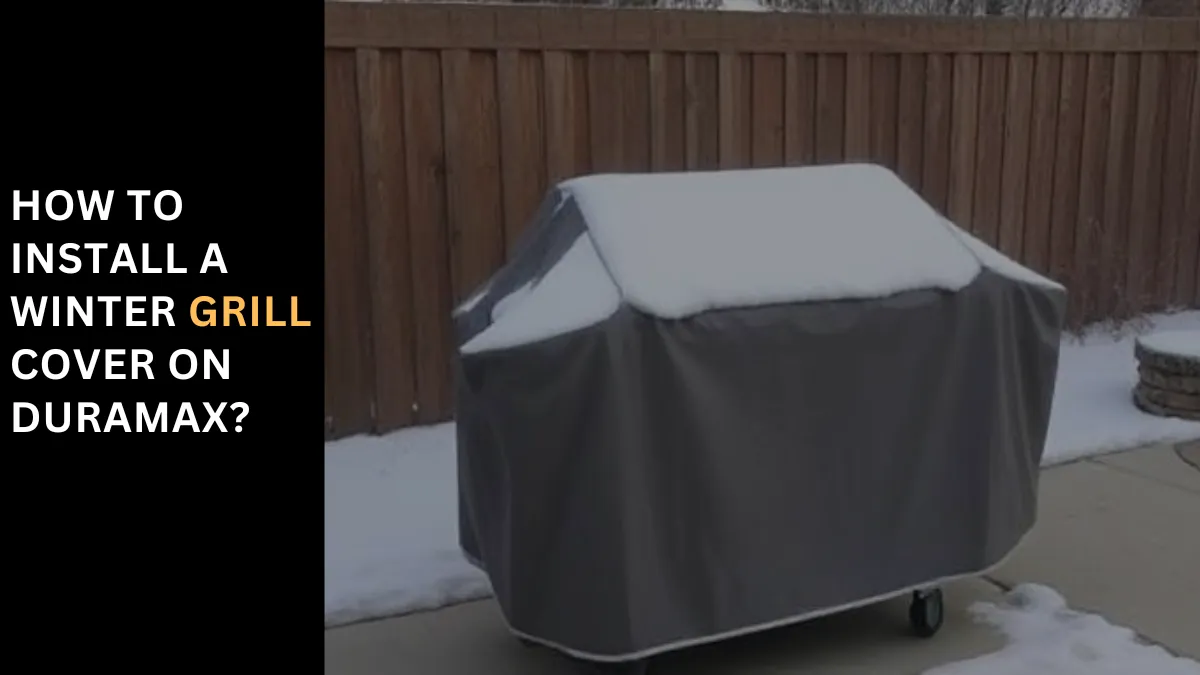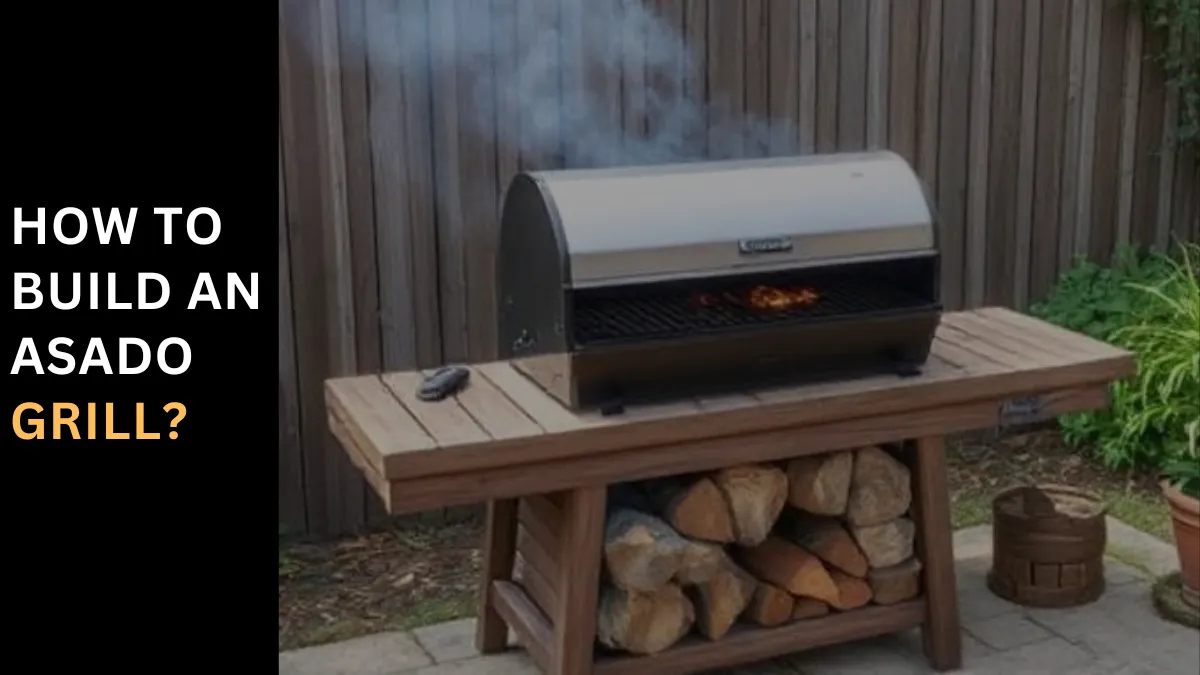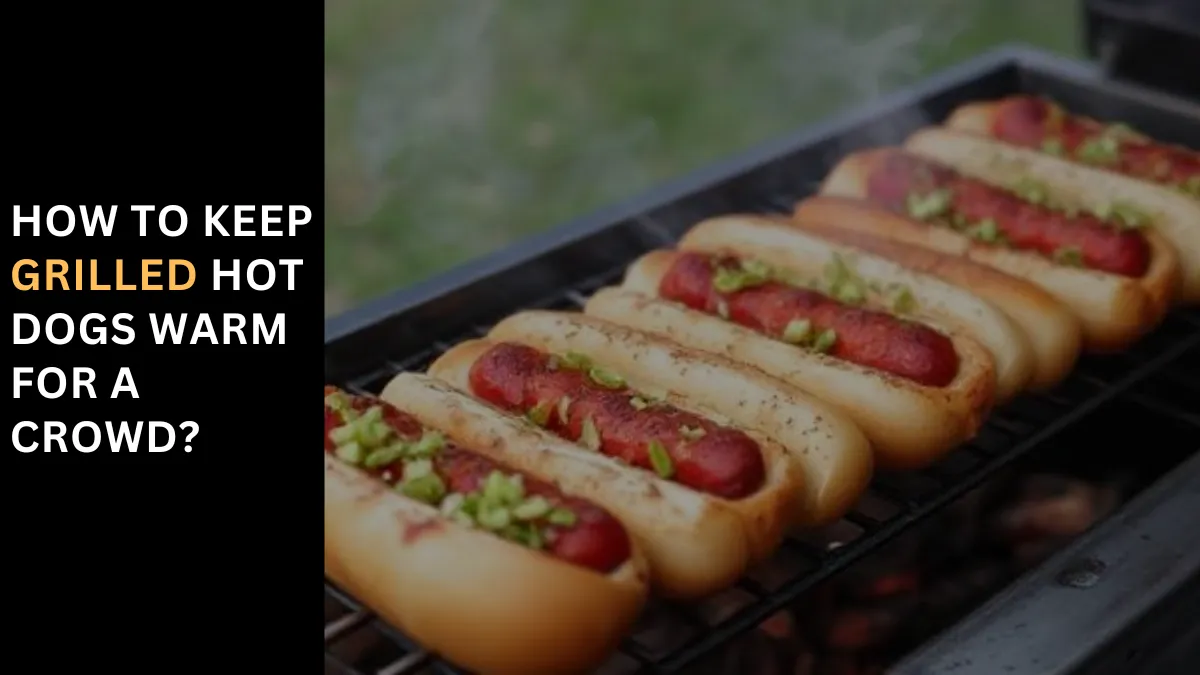Do You Check Meat Temp on or off Grill?
Using a meat thermometer is a helpful tool to ensure your Thanksgiving turkey or pricey steak is cooked to perfection, avoiding a dry, tough mess.
It ensures your cooking food reaches a safe temperature, which is particularly important when cooking poultry to prevent undercooked chicken and related illnesses like Salmonella.
To check the temperature, the probe should be inserted into the thickest part of the food without touching any bones, fat, or gristle. You can check the temperature while the meat is still on the grill, as taking a reading on the grill doesn’t give an artificially high temp.
Wait for the readout to display the internal temperature before deciding whether to continue cooking or remove the meat from the heat source.
Keep in mind that the temperature may rise by 5-10 degrees Fahrenheit due to carryover cooking after removing the meat from the heat.
When should you use a meat thermometer?
A meat thermometer is a valuable tool for ensuring your roast, oven-cooked, barbecue-grilled, or fried chicken reaches a safe internal temperature. When probing food in a deep fryer, always remove the food from the oil and transfer it to a safe surface to avoid the risk of it falling back into the vat and causing potential burns.
To use a meat thermometer, insert the probe into the thickest part of the food during the cooking process or near the end of cooking, following the recipe guidelines and checking the temperature before the cooking time expires.
What’s the proper way to use a meat thermometer?
To use a meat thermometer correctly, you should insert the probe into the right spot of the meat, avoiding any bone or gristle.
Insert it into the right spot
According to the USDA, the thermometer should be placed in the thickest part of the meat to ensure it reaches a safe temperature. For chicken, pierce the thigh and the thickest part of the breast for the best reading. For meats like ribs or rack of lamb, check the center portion.
Get it to the right depth
When it comes to depth, thermocouples only need to reach about ¼-inch deep for reading, while digital instant-read thermometers should be inserted about ½-inch deep.
Dial thermometers need to be inserted two inches to 2½ inches deep for thicker cuts of meat, such as large roasts, ham, shoulder, or turkey.
Don’t wait until the food hits the temperature
Carryover heat is a concept every kitchen assistant should understand. When food is removed from the heat, it continues to cook, often reaching its target internal temperature even if it was five to 10 degrees lower when you took it off the heat.
Let your steak or other meat rest for about 10 minutes after cooking to allow it to finish cooking and prevent the juices from running out and drying out the meat.
As Papantoniou suggests, if you cut into the meat immediately after removing the thermometer, the juices may drain out, leading to a messy carving experience.
Reasons to use a meat thermometer
Use a meat thermometer to ensure the meat is cooked to the desired level of doneness and avoid over or undercooking.
- Check the temperature of the meat while it’s still on the grill to get an accurate reading.
- Insert the thermometer probe into the thickest part of the meat, avoiding bones and gristle.
- Understand the concept of carryover heat and let the meat rest for about 10 minutes after cooking to finish cooking and retain juices.
- Use a meat thermometer to identify hot or cool spots on your grill, allowing for adjustments in cooking techniques.
- Impress family and friends with perfectly cooked meat by using a meat thermometer to achieve consistent results.
What Type of Meat Thermometer is Best?
The best meat thermometers are typically digital rather than analog models. They are fast and accurate, with a thin probe that minimizes damage to the meat. There are two general categories: instant-read thermometers and thermocouples.
Instant-read thermometers
Instant-read thermometers come in an assortment of styles and are inserted at the end of cooking to check the internal temperature in one or more places in the meat.
Digital instant-read thermometers
When it comes to grilling or cooking meat, the use of digital instant-read thermometers
is a game-changer. These thermometers provide a quick response time, allowing you to check the temperature of your food in a matter of seconds.
They are equipped with thermocouples, which are known for their accuracy and speed.
One of the key advantages of these thermometers is that they can be used with a corded probe.
This means the thermometer stays outside the oven or grill while the probe is inserted into the meat. Some models even have functions that warn you when the meat reaches a pre-set temperature.
This feature is particularly useful when you’re busy with other tasks and can’t constantly monitor the cooking process. Moreover, some digital instant-read thermometers can be connected to apps on your phone.
These apps can send you a message when it’s time to go outside and check the grill2. This means you can keep an eye on your cooking even when you’re not physically present near the stove or oven.
These thermometers are not just reasonably priced but also essential for ensuring the food is cooked to the right temperature
Analog meat thermometers
While digital thermometers are becoming more popular, analog meat thermometers are still a viable option for many cooks. These thermometers are sold less commonly now, but you might still find them lurking in some kitchens.
They work in the same way as digital thermometers: you insert the probe into the thickest part of the meat to get a reading.
However, they typically take longer to provide a temperature reading compared to their digital counterparts. The watch-like face of an analog thermometer reflects the internal temperature of the meat, providing a visual and straightforward way to monitor your cooking.
Leave-in Thermometers
Leave-in thermometers are designed to be inserted into the meat before cooking and left in place throughout the cooking time. They are ideal for tracking the internal temperature of the meat in the oven or on the grill, especially for dishes with long cooking times like roasts or slow-cooked dishes.
The probe of these thermometers is typically inserted into the thickest part of the meat, and the base unit, connected by a wire, can be placed outside the oven or grill.
This allows you to monitor the temperature without repeatedly opening the cooking appliance, ensuring consistent cooking conditions and reducing the risk of overcooking.
Dial Thermometers
When it comes to dial thermometers, they are a popular choice for cooking large cuts of meat such as hams, turkeys, traditional roasts, and meatloaf. These thermometers, often referred to as leave-in thermometers, are inserted into the meat and left there throughout the cooking process.
They can be a bit difficult to read, especially when the grill is hot and smoky, but they provide a continuous temperature reading, which is particularly useful for larger cuts of meat that take longer to cook.
However, it’s important to follow the manufacturer’s instructions when using dial thermometers. For instance, the thermometer should be inserted far enough into the meat to get an accurate reading, but it shouldn’t touch any cooking surfaces.
Also, keep in mind that the temperature of the meat will continue to rise a bit after you remove it from the grill due to carryover cooking.
Disposable Thermometers
On the other hand, disposable thermometers are single-use devices that change color or pop up when the food reaches the desired temperature. They are especially handy when grilling away from home or when you don’t want to deal with extra kitchen gizmos.
Disposable thermometers are also a good choice for special occasions when you want to avoid cross-contamination. These thermometers are easy to use and provide an accurate temperature reading, ensuring that your meat is cooked to perfection every time.
However, like dial thermometers, they should be used according to the manufacturer’s instructions to ensure accuracy and safety.
Thermocouples
on the other hand, have a thin tip that can poke into meats of any cut, whether thick or thin. They provide a quick and accurate reading but are generally more expensive than other types.
They can be left in the meat during cooking, keeping track of the temperature of your steak, roasting leg of lamb, or turkey. They are considered the best thermometers for food that is cooking in a deep fryer or on a grill, especially when using hot-and-fast techniques.
Their quick reading capability allows you to keep your hands out of the process as much as possible.
Traditional Digital Probe Thermometers
Traditional digital probe thermometers are oven-safe and monitor the temperature of the food throughout cooking. The probe that goes into the meat is connected by a wire to a base that sits outside the oven and reflects the temperature as the meat cooks.
These thermometers may include timers that can be set for time or target temperature, making them very cook-friendly.
Wireless Digital Probe Thermometers
Wireless digital probe thermometers are a more advanced version of the traditional digital probe thermometer. They are safe to go in the oven but relay temperature info to an app via Bluetooth.
Many apps let you set the cooking time and doneness preference, and some even provide estimates of the total cooking time. A popular example of this type of thermometer is the Meater thermometer.
Do you need to calibrate a meat thermometer?
Calibrating your meat thermometer is essential to ensure accurate temperature readings and maintain food safety. If you suspect your thermometer is not providing accurate readings, it’s important to test and calibrate it.
To calibrate a meat thermometer, you can use the ice water method or the boiling point method For the ice water method, fill a glass with ice and water, and let it sit for a minute or two.
Then, insert the thermometer into the water without touching the sides or bottom of the glass. After 30 seconds to 1 to 2 minutes, depending on the type of thermometer, check if it reads 32ºF (0ºC). If it doesn’t, you may need to adjust the thermometer according to the manufacturer’s instructions.
By calibrating your meat thermometer, you can ensure that your meat is cooked to the perfect temperature, enhancing both the flavor and safety of your meal.
Conclusion
In conclusion, whether you choose a dial or a disposable thermometer, the key is to use it correctly and consistently. By doing so, you can ensure that your meat is cooked to the perfect temperature every time, enhancing both the flavor and safety of your meal.
FAQ
Can I leave the probe in the meat while smoking?
From my personal experience and expertise, the answer is yes, you can. However, it’s important to note that this largely depends on the type of thermometer you’re using.
For instance, Thermocouple thermometers are particularly useful in this context.
Their temperature reading is almost instantaneous, and some thermometer models can be left in during the cooking process.
This feature is especially beneficial for baking and smoking as it allows for continuous monitoring of the meat’s internal temperature without the need to frequently open the oven or smoker, which can lead to heat loss and extended cooking times.
What is the most accurate way to check for doneness when cooking meat?
The most accurate way to check for doneness when cooking meat is to use a properly calibrated meat thermometer. This reliable tool allows you to measure the internal temperature of the meat, which is crucial for food safety and ensuring the quality of the cooked meat.
It’s important to monitor the temperature near the end of the cooking time but before the meat is expected to be fully cooked.
Is the thermometer on a grill accurate?
The thermometer on a grill may not always be accurate due to its position and the difference in temperature between the grill grates and the thermometer9.
The temperature at the grill grates can be 75–100 degrees Fahrenheit hotter than what the hood thermometer shows while grilling, and in some cases, the difference can be as high as 150 degrees



